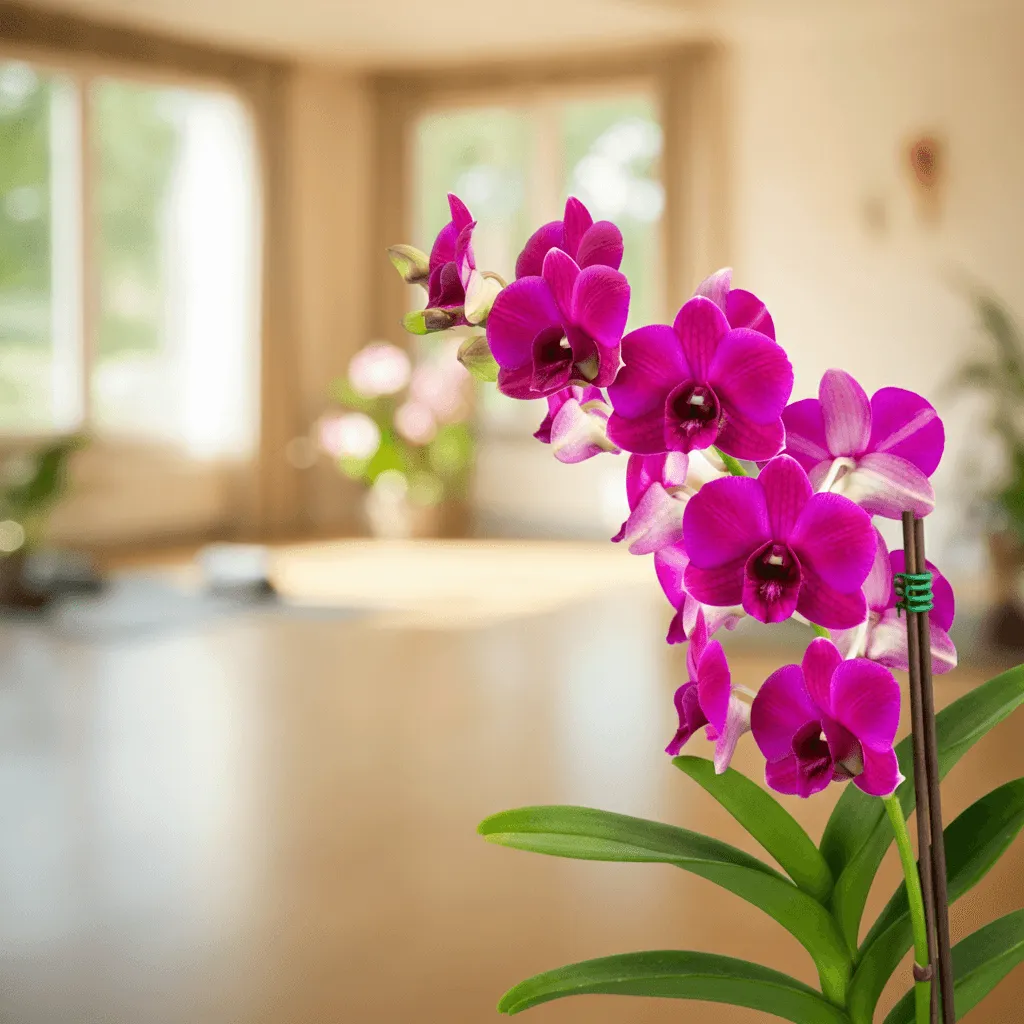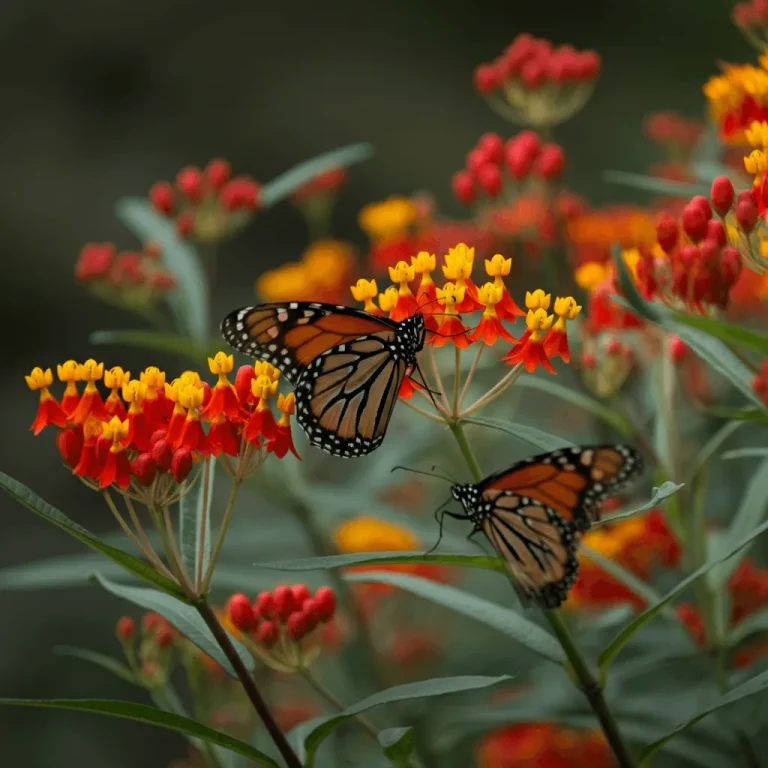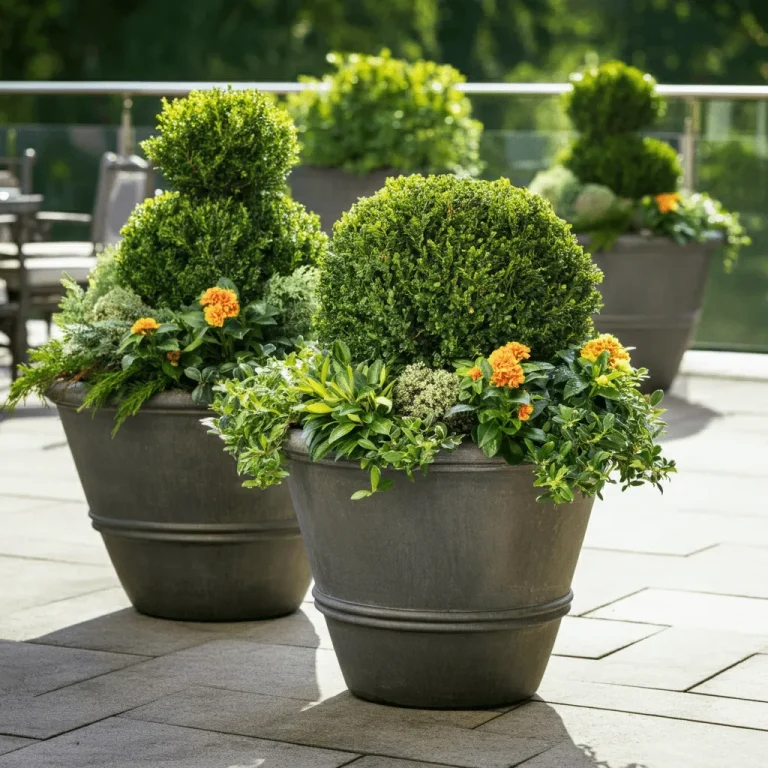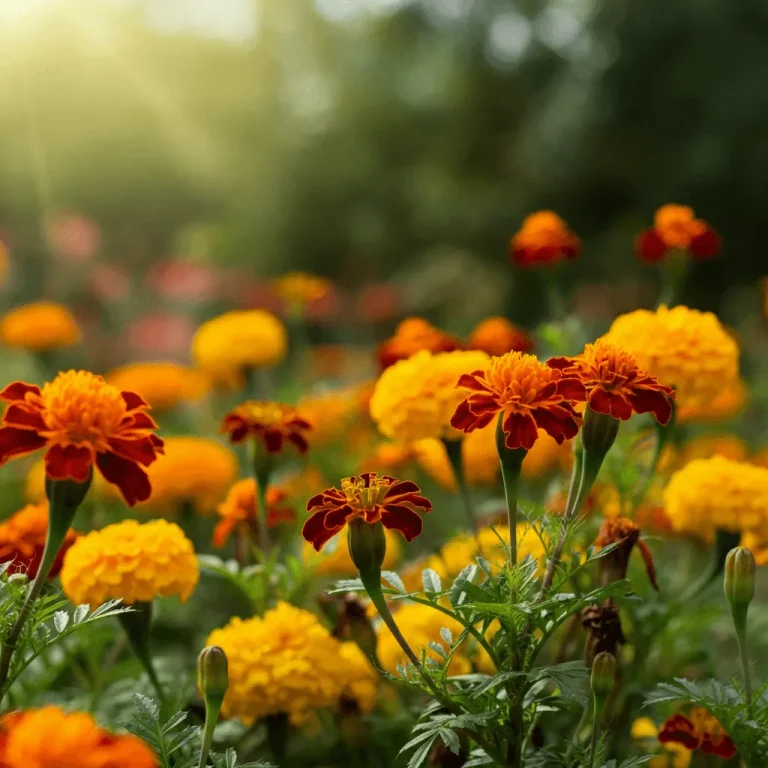10 Best Exotic Orchid Varieties to Grow Indoors
You know what they say about orchids—raising them is a bit like being in a relationship. At first, they’re mysterious and might seem high-maintenance, but once you learn how to care for them, they thrive and reward you with unmatched beauty. Plus, unlike your dog, they won’t dig through the trash for chicken bones while you’re away.
If you’re looking to add a touch of elegance and tropical charm to your indoor space, orchids are the perfect plants. Here’s a list of the 10 best exotic orchid varieties to grow indoors, tailored to both beginners and seasoned growers.
1. Phalaenopsis Orchid (Moth Orchid)
Phalaenopsis orchids, or “moth orchids,” are the superstar of indoor orchids—and for good reason. Their graceful blooms resemble moths in flight and can last for months with proper care. Moth orchids come in various colors, from pristine white to vibrant purple, making them versatile for any decor.
Care Tips: These orchids like indirect sunlight and thrive in temperatures of 65–75°F. Water them once a week and ensure their roots drain properly.
Real-Life Example: A friend of mine placed a few moth orchids on her office desk. Not only did they brighten up the place, but her clients couldn’t stop complimenting them.

2. Cattleya Orchid (Corsage Orchid)
Cattleyas were THE orchids back in the 1900s, often featured in corsages for special occasions. Known for their large, fragrant flowers and vibrant hues, they’re easy to spot and even easier to fall in love with.
Care Tips: These beauties love bright, indirect light and consistent watering every 5–7 days. They thrive in temperatures that mimic the tropics—daytime temps around 70–80°F.
Pro Insight: While traditional cattleyas have a reputation for bold colors, miniature hybrids are a rising trend, perfect for compact indoor spaces.

3. Vanda Orchid (The Showstopper)
When it comes to Vanda orchids, they wear their nickname “the showstopper” proudly. These orchids boast dramatic, colorful blooms accompanied by an intricate honeycomb-like pattern.
Care Tips: Vandas require bright light, high humidity, and consistent misting to thrive indoors. A hanging basket is often the best way to display these bold beauties.
Example Use Case: One creative apartment dweller used Vanda orchids suspended in a clear-glass terrarium to create a vertical garden centerpiece.

4. Miltonia Orchid (Pansy Orchid)
Cute as a button, Miltonia orchids are affectionately called “pansy orchids” because their vibrant flowers bear a striking resemblance to garden pansies. Their sweetly scented blooms add a touch of whimsy to any home.
Care Tips: Keep them in an area with bright, indirect light and moderate humidity. They’re a bit more sensitive to temperature, preferring a range of 60–70°F.
Fun Fact: Their fragrance intensifies in the morning, so they’re great for early risers who sip their coffee surrounded by plants.

5. Oncidium Orchid (Dancing Lady Orchid)
True to its name, the Oncidium orchid’s delicate blooms look like a troupe of yellow ladies dancing in the wind. They’re one of the most cheerful additions to any indoor collection.
Care Tips: This variety prefers strong, indirect sunlight, like a spot near an east-facing window. Water about once a week, but reduce watering during colder months.
Pro Tip: These orchids make excellent gifts—add them to a decorative pot, and they’ll be the star of the occasion.

6. Paphiopedilum Orchid (Lady’s Slipper Orchid)
Paphiopedilum orchids, or “lady’s slippers,” steal the spotlight with their pouch-like and highly unique blooms. Their exotic charm is perfect for creating a statement in any room.
Care Tips: They thrive in low to medium light conditions, making them ideal for homes with less direct sunlight. Water evenly, and keep the soil slightly moist but never soggy.
Real-Life Example: A Paphiopedilum orchid placed in a minimalist office serves as both a conversation starter and a zen-inspired decoration.

7. Dendrobium Orchid (The Versatile One)
Dendrobium orchids are a wide-ranging genus, boasting over 1,800 species! They’re prized not only for their beauty but also for their adaptability to different indoor environments.
Care Tips: These orchids enjoy bright, indirect light and temperatures between 65–85°F. Be careful not to overwater; allow the potting media to dry out between waterings.
Case Study: A home-based yoga instructor enhanced her studio’s ambiance using a cluster of Dendrobium orchids. Students reported feeling more at peace during their sessions.

8. Cymbidium Orchid (Boat Orchid)
Cymbidium orchids bring drama and color into your home with their tall spikes full of elegant, long-lasting flowers. They’re perfect for anyone looking to redecorate with classic vibrancy.
Care Tips: They need cooler night temperatures (50–60°F) to bloom well. Place them in a bright spot and water every 7–10 days.
Quick Insight: Because of their rigid stems and flowers, Cymbidiums are often used in professional floral arrangements.

9. Zygopetalum Orchid (Zygo Orchid)
Known for their striking markings and exquisite fragrance, Zygopetalum orchids are a sensory delight. Their blooms are as dramatic as the name suggests, ranging from deep purples to rich greens.
Care Tips: They thrive in medium-bright, indirect sunlight and prefer a slightly humid environment. Water thoroughly, but ensure drainage is excellent.
Pro Advice: If you enjoy hosting at home, Zygo orchids make a perfect dining table centerpiece—colorful, fragrant, and unforgettable.

10. Ludisia Orchid (Jewel Orchid)
Ludisia orchids, or jewel orchids, are in a league of their own. Unlike other orchids with eye-catching flowers, jewel orchids are famous for their velvety, patterned leaves that sit low to the ground.
Care Tips: These orchids grow happily in low-light settings. Keep their soil moist and avoid over-fertilizing.
Example: A collector displayed jewel orchids alongside bonsai trees to create a lush, forest-inspired windowsill.

Frequently Asked Questions (FAQs)
Q1. How do I choose the best orchid for my indoor environment?
Start with the light available in your home. Orchids like Phalaenopsis and Paphiopedilum adapt well to low light, while Vanda and Cattleya prefer bright, indirect sunlight.
Q2. Are orchids hard to care for?
Not at all! With proper watering, lighting, and temperature regulations, most orchids thrive indoors. Phalaenopsis orchids are ideal for beginners.
Q3. How often do orchids bloom?
This varies. For example, Phalaenopsis orchids bloom once or twice a year, while Cattleyas may bloom multiple times when cared for well.
Q4. What type of pots are best for orchids?
Transparent plastic pots are great as they allow you to monitor root health. Ensure good drainage, as orchids dislike standing water.
Q5. Do orchids purify air indoors?
Yes! Orchids are natural air purifiers and contribute to better indoor air quality by removing toxins.






